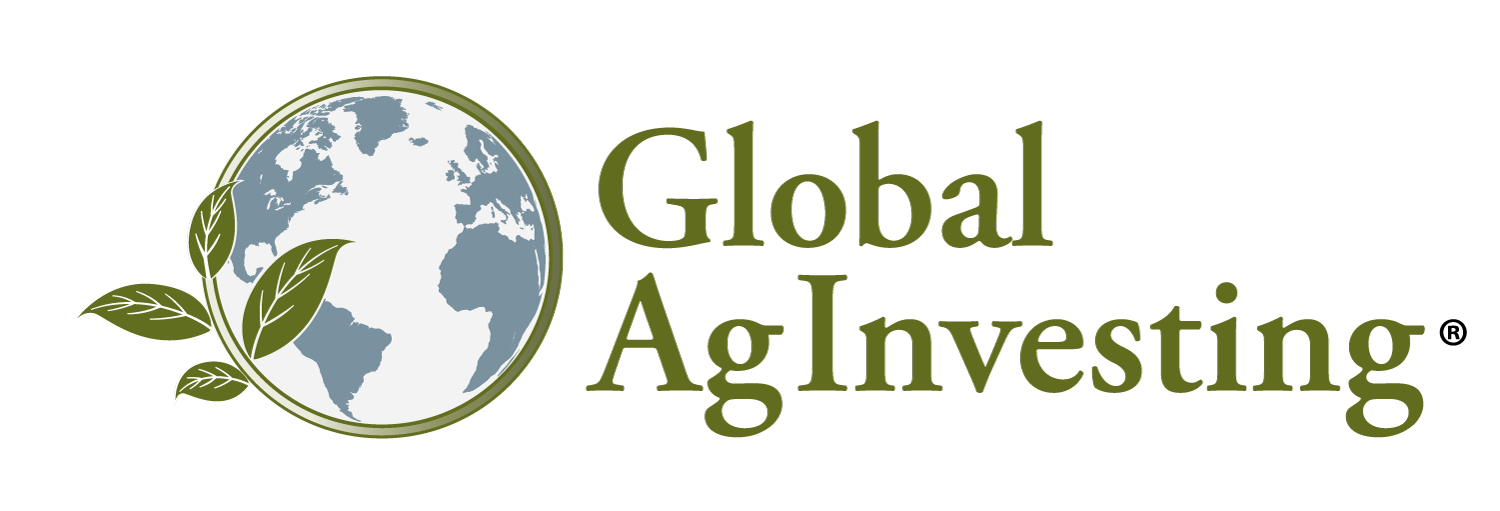July 17, 2018
Salmon Evolution announced that it has received the appropriate license granting the go-ahead to build a US$367.2 million land-based salmon farm in Fraena, in northern Norway. Once completed, the operation will be the largest of its kind in all of Europe with a biomass limit of 13,300 tons and salmon output of 28,800 tons per year.
We’re not so concerned about being the biggest,” said Ingjarl Skarvøy, managing director of Salmon Evolution. “What we do will be for the benefit of the fish and the environment and create good conditions for a sustainable industry.”
As yet unfunded, those behind the project have yet to approach potential investors.
“We haven’t approached possible investors yet, but have noted great interest in the project,” said Skarvøy. “We want long-term partners and investors who can help to develop our business model and a sustainable change of pace in salmon farming.”
The first stage of construction of the project is expected to be completed by 2021, and is being developed with the potential to use heat extracted from the wastewater generated from an offshore gas processing plant located nearby on the island of Gossa. Once used, the waste water will be treated prior to being discharged into the Harøy Fjord.
Point Position
Norway has been home to a number of recent “firsts” for the aquaculture sector.
In April 2016 the Norwegian government granted approval for Ocean Farming AS to build the world’s first offshore automated ‘exposed’ aquaculture facility with the support of Kongsberg Maritime AS. Ocean Farming invested NOK690 million (US$82.6 million) in the pilot project, which was granted operation licenses for a term of seven years.
Built off of Trondheim, the project called for a submerged, anchored, fixed structure that floats in offshore waters of depths between 100 meters and 300 meters where the conditions are more suitable to the fish and where currents will reduce the risk of sea lice infections. The project also combines the latest advances from the fish farming industry as well as the latest from the offshore oil and gas sector.
As a supplier of technology, sensors, and engineering for oil and gas production, offshore vessels, fisheries, and ocean and environmental research, Kongsberg provided support for the project which was to be the first in the world to use a “big data” approach combining marine engineering, marine cybernetics, and marine biology.
More recently, in January of this year, Norway also became the home of Hatch, the world’s first aquaculture-focused accelerator, launched in Bergen by Dr. Carsten Krome of Alimentos Ventures in partnership with NCE Seafood Innovation Cluster and Bergen Teknologioverføring (BTO) to offer innovative early stage aquaculture startups support in the form of capital and business expertise.
Beginning with its first cohort this April, Hatch’s first eight-member cohort will partake in a three-month long intensive program that includes housing at BTO, €25,000 (US$36,000) in funding, coaching, and access to Hatch’s network of entrepreneurs, industry professionals, and the industries top farmers and suppliers, as well Hatch’s support in securing additional grant funding in Norway, and the ability to conduct product trials with the incubator’s R&D partners located across Europe.
These developments in Norway’s aquaculture sector, and the macro trends driving attention to aquaculture as a sustainable means of protein production, are giving the Salmon Evolution team confidence in their endeavor.
“Since 1960, global demand for seafood has increased 3.2 percent annually, outpacing the 1 percent annual growth in the world’s population over the same time period,” noted Philippe de Lapérouse, managing director of HighQuest Group in the piece Technology Plays in Aquaculture published in the GAI Gazette.
Rising global populations and increasing wealth – particularly in emerging economies – along with diminishing wild fish numbers have put pressure on the aquaculture industry to fill the gap in supply.
Predictive modeling by The World Bank estimates that 2030, 62 percent of food fish will be provided through aquaculture, and from 2030 onward, aquaculture will dominate supply in the industry, according to the report, Fish to 2030, Prospects for Fisheries and Aquaculture.
“The pace of innovation in the aquaculture sector is high, and our nation is the world leader for traditional cage-based farming in the sea, closed systems, more offshore-related solutions and land-based concepts. So, the level of interest is understandable – a lot of people want to participate in this adventure.”
-Lynda Kiernan

Let GAI News inform your engagement in the agriculture sector.
GAI News provides crucial and timely news and insight to help you stay ahead of critical agricultural trends through free delivery of two weekly newsletters, Ag Investing Weekly and AgTech Intel.



